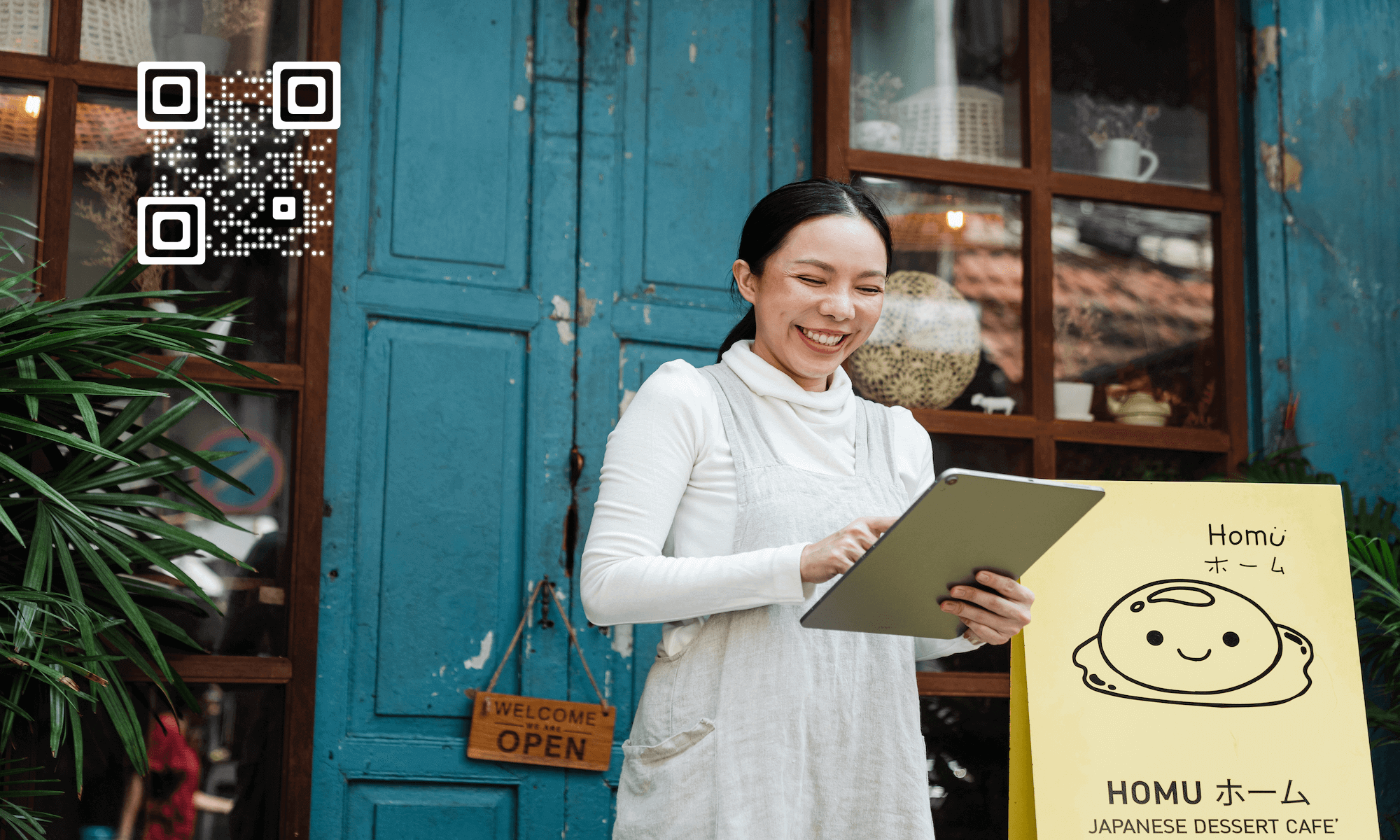Coronavirus is highly contagious. Hence, it is difficult to trace the source from which a person can get infected.
Countries are following the rule of social distancing and many have also declared a lockdown. Plus, governments are promoting people to take care of personal hygiene with the following steps:
1. Avoid touching your face (especially eyes, nose, and mouth)
2. Wash your hands regularly for at least 20 seconds
3. Use a sanitizer in case soap and water isn’t available
4. Avoid large gatherings and traveling abroad unless necessary
5. Seek medical help in case you have the symptoms
But despite all these precautions, the pandemic does not seem to end. As mentioned, the main problem lies in tracing the source from which a person becomes corona positive.
To curb this problem, countries all over the world are using QR Code technology. QR Codes are 2D barcodes. They can easily be scanned via a smartphone or a dedicated app.
In this article, we will show you how the technology is helping fight the spread of coronavirus.
Keep reading.
A. Know about QR Codes
QR Codes today are used for promotional, functional, and social purposes. Thanks to fast internet connection, smartphone penetration, and contactless delivery—QR Codes have become increasingly popular.
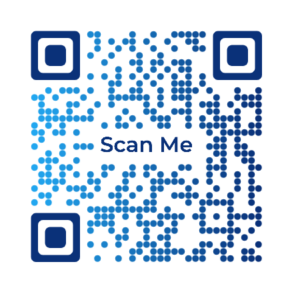
They are easy to create and are not at all capital intensive. You can just scan it with your smartphone camera to access the linked content. No need to buy a handheld scanner.
Besides, you can link unlimited information to a QR Code. That is, you can link a PDF, website URL, registration formlink, amongst others.
Plus, QR Codes have an advanced type called Dynamic QR Codes. With these QR Codes, you can enable the lead generation option. And get the required database of people.
The best advantage of QR Codes is that they provide a contactless experience. You just need to scan them without any physical contact. Hence, they are being widely used for various purposes in social distancing.
Let’s see how different countries are using QR Codes to fight the spread of corona.
B. QR Codes for contact tracing
QR Codes are used by different governments for contact tracing. This helps them to gather a database of people’s whereabouts. If anybody is found corona positive, the government can track places he/she visited and alert others. Here are some examples:
1. Singapore
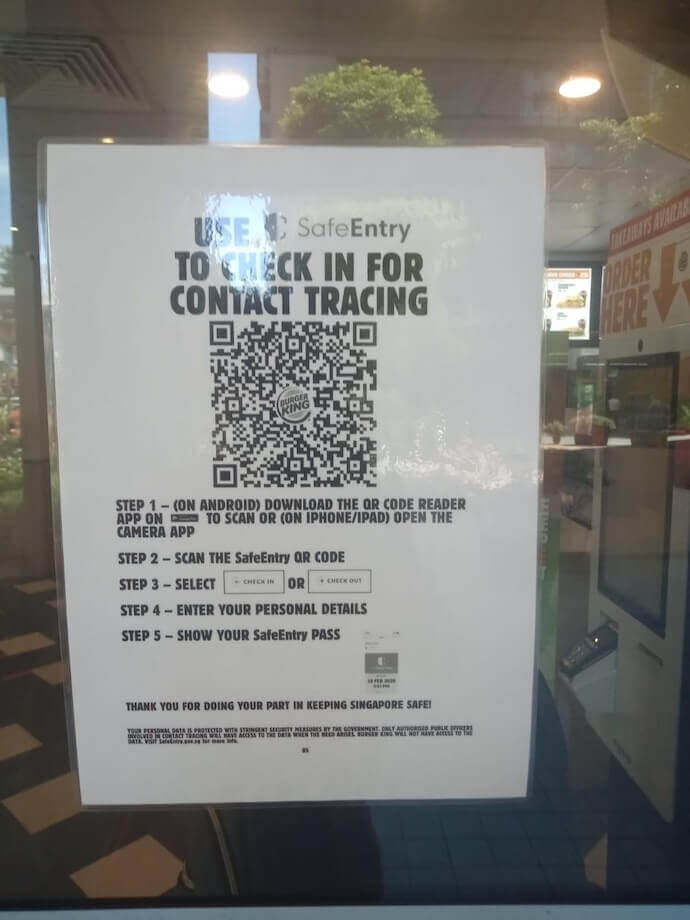
The Singapore government requires public businesses such as restaurants to display a QR Code at the entrance. Guests need to ‘check-in’ by scanning the QR Code and entry and scan again and ‘check-out’ at the time of exit.
This way, the government is keeping track of people’s movements.
2. India
The government has come up with a QR Code-based AarogyaSetu app. Customers will just need to get their AarogyaSetu QR code scanned before entering the mall or a store.
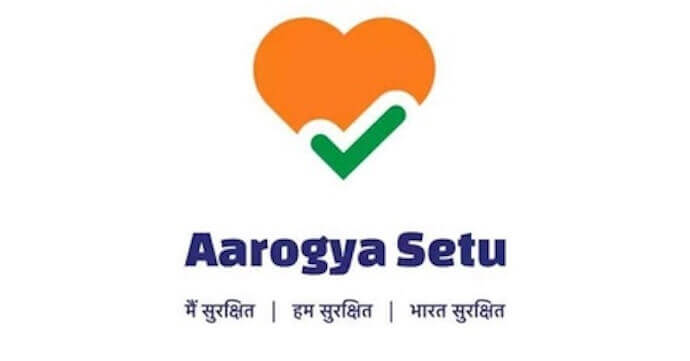
This will enable real time updates of people in a store/mall. Plus, the app categorizes individuals based on different levels of safety – Safe, Low-Risk, Moderate Risk, High Risk, and Tested Positive. Based on this information, malls will be able to ensure that each person entering the premises is risk-free.
3. Korea
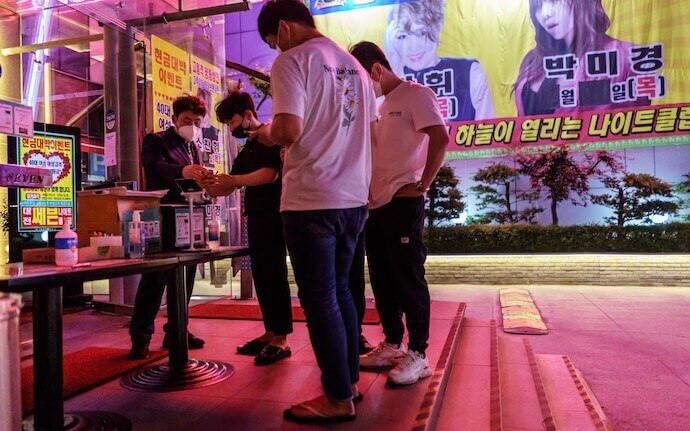
South Korea mandates the use of QR Codes in restaurants/bars/clubs. These QR Codes are used to log customers. The database of customers gets saved.
The government of Korea has introduced this technology in partnership with internal portal Naver’s mobile app. People with Naver IDs can have a QR code issued on their smartphone through the portal’s mobile app or internet website.
These QR Codes will expire in 15 seconds. A different QR Code will be issued every time someone wants to go into a restricted place like a club or bar.
“If the same QR Code is reused, it becomes statistically possible to trace back personal information on a user, like the places they went, the person’s age and even singling out who that person is. So we needed a one-time identification code”
—Baek Jong-won, the tech leader of Naver’s mobile app
4. China
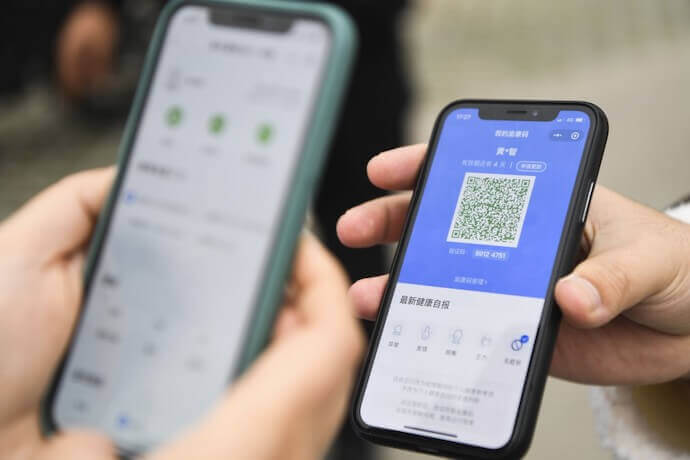
China has developed a QR Code-based app to obtain people’s personal health information. One of the apps checks the vulnerability of a person to COVID-19 by using three QR Code colors. Red means infection, yellow indicates a high possibility of having been in close contact with an infected person, and green means no problem.
This way, authorities change the color codes of individuals as they follow their movement.
5. New Zealand
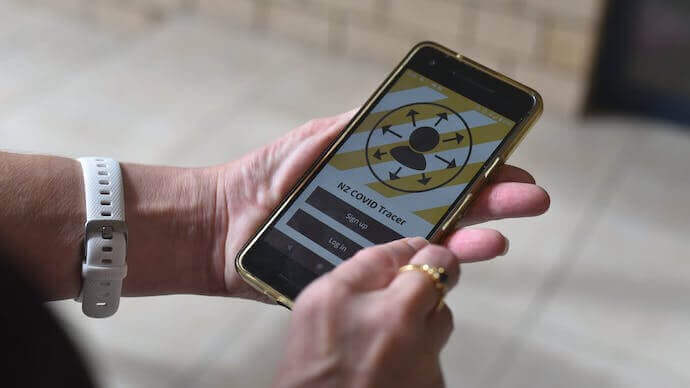
The country also uses a QR Code-based app to track people’s movement. The app allows users to keep a digital diary of places they have visited by scanning a QR Code. And about more than half a million people have registered.
“We need people to continue to download the app and use it and I just encourage them and businesses to put the QR Codes up,” director-general of health Dr Ashley Bloomfield said.
6. California
The California government has also come up with a QR Code-based app called TrackCOVID.
Here is how this app works:
Every time a person gathers with others or goes to a public place, they can use the app to log contacts. This can be done either by hosting or joining a checkpoint. This activity allows possible paths of virus transmission to be discovered. The first person to register as a checkpoint host is given a Quick Response code. Others subsequently join the checkpoint by scanning this QR Code.
“If enough public places are doing this, then a lot of contact tracing will happen without any users making a conscious effort other than scanning a QR Code when they go shopping. From there, I think people will start to see the value of the app and begin using it to create checkpoints for their private interactions as well.”
—Lead author Tyler Yasaka, a software engineer at University of California
So, with QR Codes, the government can trace contacts and make it safer for people to visit places.
In the next section, let’s see how you can create a QR Code.
Related : How To Make QR Code For App Links
D. How to create QR Codes
In order to create QR Codes, you need a best QR Code generator tool. Here are two ways you can create a QR Code.
1. Create Dynamic QR Code
Say you have a cafe. And you want people to fill a registration form before entering. Here, you can create Dynamic Website URL QR Codes. As mentioned above you can enable the option of lead generation and collect potential database.
All you need to do is link the registration form to a QR Code. Upon scanning, the visitors can fill out the form.
You can create a Website URL QR Code using a professional QR Code generator tool such as Scanova. Here, you can sign up for a 14-day free trial. And then choose the category of Website URL QR Code to create a QR Code.
2. Create through an API
You can then generate QR Codes by using Scanova’s API. You can integrate Scanova’s Static QR Code Generation API with your own registration system or mobile app and generate a QR Code anytime.
This way you can generate QR Codes programmatically. You just need to send a trigger request with data (QR Code design, size, format and the data to be saved in it) to Scanova’s API. The API will then respond with the QR Code image
On the other hand, you can use Scanova’s SDK to add it to your own server. Here, you can make API calls locally, allowing you to generate QR Codes at a must faster rate.
So, you just read a detailed guide on how QR Codes can be used for contact tracing. Create QR Codes for contact tracing now and curb the spread of coronavirus.
[cta1 caption=”Create a QR Code now Or Talk to us about a QR Code-based requirement” content=”Get started” buttontext=”Create QR Code now” destination=”https://scanova.io/?utm_source=sb_ff_contact-tracing-qr-code_cta&utm_medium=blog&utm_campaign=content” image=”https://scanova.io/blog/wp-content/uploads/2015/06/qrcode-34-1.png”]